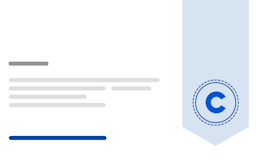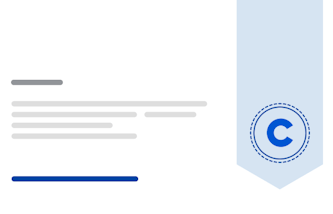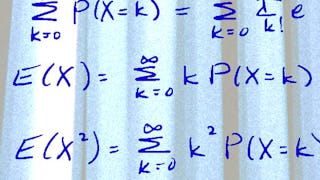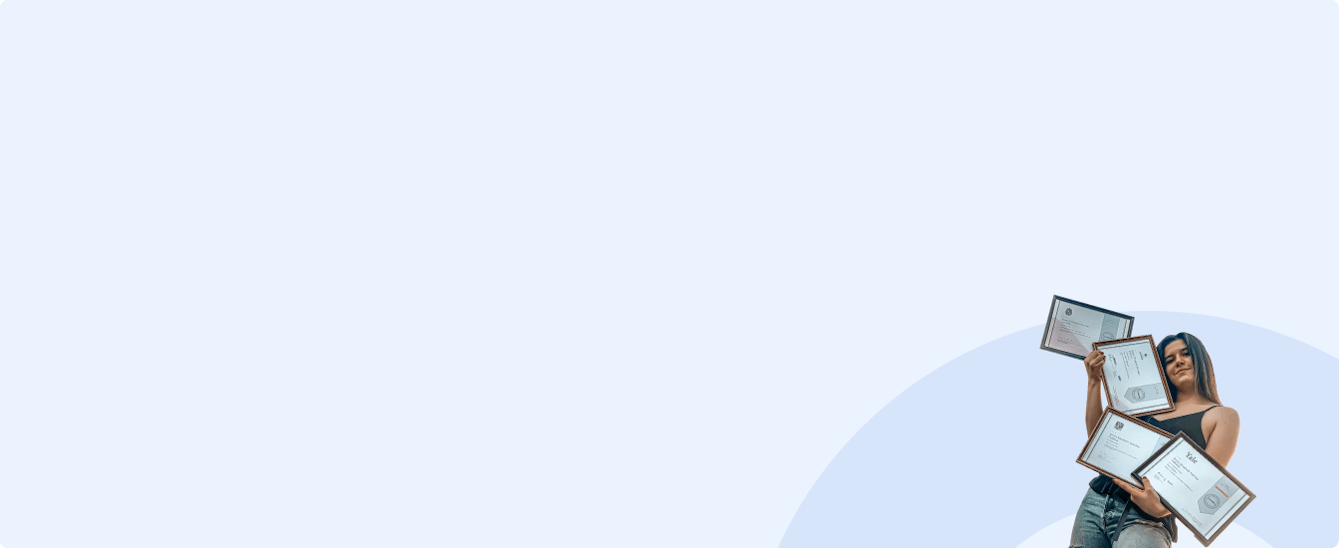Programming in Swift: Benefits of This Popular Coding Language
There many advantages to programming in Swift, beyond the creation of iPhone apps.
January 4, 2024
Article



This course is part of Data Science Methods for Quality Improvement Specialization

Instructor: Wendy Martin
1,919 already enrolled
Included with 
(13 reviews)
Recommended experience
Intermediate level
Background knowledge in statistics is helpful; visit Managing, Describing, and Analyzing Data as a prerequisite to this course. R / RStudio required.
(13 reviews)
Recommended experience
Intermediate level
Background knowledge in statistics is helpful; visit Managing, Describing, and Analyzing Data as a prerequisite to this course. R / RStudio required.
Understand how to use, select, and interpret process control charts to identify special causes of variation
Create and interpret control charts for normal and non-normal distributions
Create and interpret control charts for discrete data
Analyze the capability of a process to meet customer specifications

Add to your LinkedIn profile
5 assignments



Add this credential to your LinkedIn profile, resume, or CV
Share it on social media and in your performance review

In this course, you will learn to analyze data in terms of process stability and statistical control and why having a stable process is imperative prior to perform statistical hypothesis testing. You will create statistical process control charts for both continuous and discrete data using R software. You will analyze data sets for statistical control using control rules based on probability. Additionally, you will learn how to assess a process with respect to how capable it is of meeting specifications, either internal or external, and make decisions about process improvement.
This course can be taken for academic credit as part of CU Boulder’s Master of Science in Data Science (MS-DS) degree offered on the Coursera platform. The MS-DS is an interdisciplinary degree that brings together faculty from CU Boulder’s departments of Applied Mathematics, Computer Science, Information Science, and others. With performance-based admissions and no application process, the MS-DS is ideal for individuals with a broad range of undergraduate education and/or professional experience in computer science, information science, mathematics, and statistics. Learn more about the MS-DS program at https://www.coursera.org/degrees/master-of-science-data-science-boulder.
In this module, you will learn how to define a process and break it down into components for the purpose of identifying potential sources of variation. You will learn how to classify variation into common and special causes through the use of a control chart. You’ll discover the Taguchi Loss function, and how it relates to the philosophy of quality, and its association to the product control and process control cycles. You will learn the basic anatomy of a control chart as well as the process used to create a control chart, and common errors encountered when using a control chart in practice. You will be able to calculate an appropriate sample size, as well as determine when a process is in control or out of control based on statistical rules.
13 videos2 readings1 assignment2 discussion prompts
In this module, you will learn how to select the appropriate chart given information on sample size and data type. You’ll learn how to create and interpret control charts with subgroups for variables data, as well as how to create them in R. You will also create and interpret control charts with a sample size of one data that is normally distributed. You'll learn how to monitor other statistics using the Individuals and Moving Range Chart. Finally, you will interpret the control charts for statistical control / stability.
11 videos1 assignment1 discussion prompt
In this module, you will learn how to create an X and Moving Range Chart when the underlying distribution is not normally distributed. You’ll learn how to calculate control limits for the X and MR Charts with LogNormal transformed distribution and exponential distribution. Additionally, you will learn how to fit a distribution to the data and calculate control limits associated with the selected distribution. Finally, you will interpret the control charts for statistical control / stability.
12 videos1 assignment1 discussion prompt
In this module, you will learn how to compare process variation to customer specifications. You’ll learn the three indices associated with capability measures and the three indices associated with performance measures. Additionally, you will learn to assess capability and performance when the data are not normally distributed.
16 videos1 assignment1 discussion prompt
In this module, you will learn how to create and analyze control charts for discrete data. You will learn how to differentiate between data that are Binomial and data that are Poisson distributed in order to select the appropriate control chart. Additionally, you will learn to assess capability using an appropriate discrete probability model.
12 videos1 assignment1 discussion prompt
We asked all learners to give feedback on our instructors based on the quality of their teaching style.



CU Boulder is a dynamic community of scholars and learners on one of the most spectacular college campuses in the country. As one of 34 U.S. public institutions in the prestigious Association of American Universities (AAU), we have a proud tradition of academic excellence, with five Nobel laureates and more than 50 members of prestigious academic academies.


University of Colorado Boulder
Build toward a degree
Specialization


University of Colorado Boulder
Build toward a degree
Course


Board Infinity
Course


University of Colorado Boulder
Build toward a degree
Specialization
This course is part of the following degree program(s) offered by University of Colorado Boulder. If you are admitted and enroll, your completed coursework may count toward your degree learning and your progress can transfer with you.¹
This course is part of the following degree program(s) offered by University of Colorado Boulder. If you are admitted and enroll, your completed coursework may count toward your degree learning and your progress can transfer with you.¹

University of Colorado Boulder
Degree · 2 years

University of Colorado Boulder
Degree · 24 months

University of Colorado Boulder
Degree · 2 years
¹Successful application and enrollment are required. Eligibility requirements apply. Each institution determines the number of credits recognized by completing this content that may count towards degree requirements, considering any existing credits you may have. Click on a specific course for more information.






Unlimited access to 10,000+ world-class courses, hands-on projects, and job-ready certificate programs - all included in your subscription

Earn a degree from world-class universities - 100% online

Upskill your employees to excel in the digital economy
Access to lectures and assignments depends on your type of enrollment. If you take a course in audit mode, you will be able to see most course materials for free. To access graded assignments and to earn a Certificate, you will need to purchase the Certificate experience, during or after your audit. If you don't see the audit option:
The course may not offer an audit option. You can try a Free Trial instead, or apply for Financial Aid.
The course may offer 'Full Course, No Certificate' instead. This option lets you see all course materials, submit required assessments, and get a final grade. This also means that you will not be able to purchase a Certificate experience.
When you enroll in the course, you get access to all of the courses in the Specialization, and you earn a certificate when you complete the work. Your electronic Certificate will be added to your Accomplishments page - from there, you can print your Certificate or add it to your LinkedIn profile. If you only want to read and view the course content, you can audit the course for free.
If you subscribed, you get a 7-day free trial during which you can cancel at no penalty. After that, we don’t give refunds, but you can cancel your subscription at any time. See our full refund policy.
Yes. In select learning programs, you can apply for financial aid or a scholarship if you can’t afford the enrollment fee. If fin aid or scholarship is available for your learning program selection, you’ll find a link to apply on the description page.